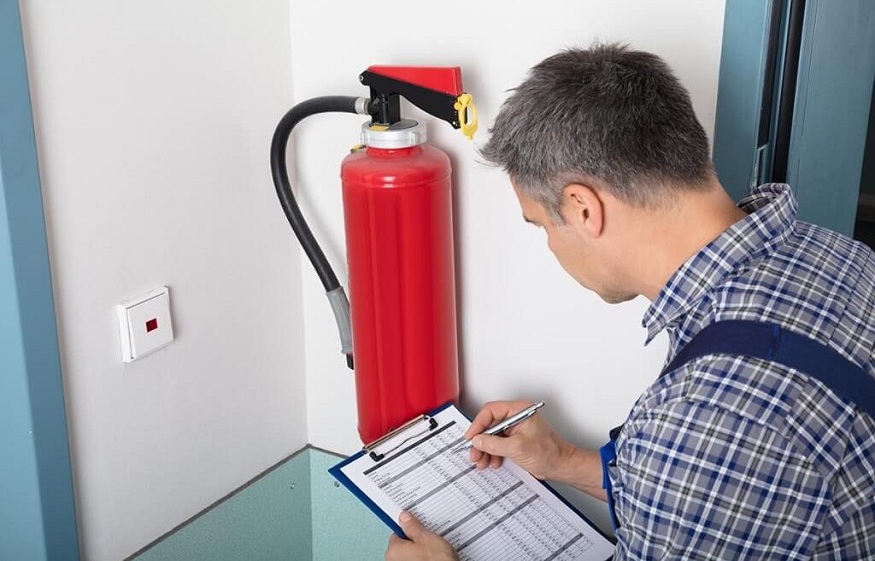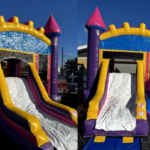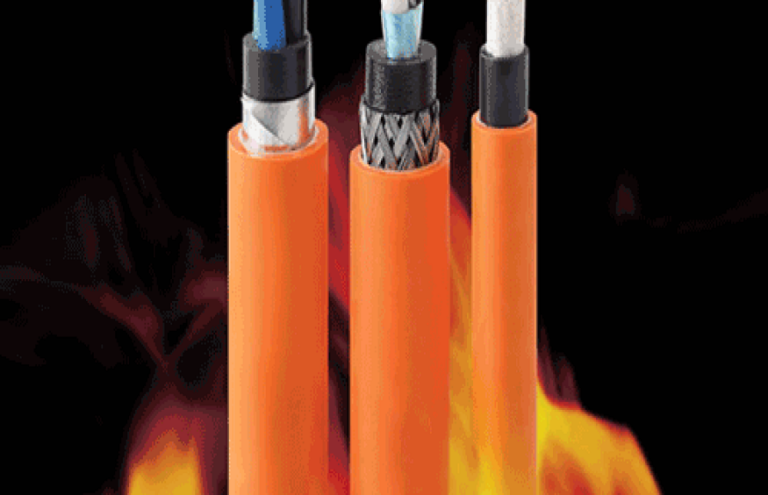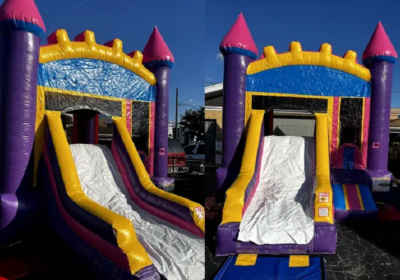
Avoiding Fines: Fire Extinguisher Maintenance Mistakes That Can Cost You
Fire safety is not just a precaution—it’s a legal requirement. One of the most overlooked but crucial elements of a building’s fire protection system is the humble fire extinguisher. While it might seem simple, failure to properly maintain these devices can lead to significant fines, legal liabilities, and serious safety hazards.
In this post, we’ll cover common fire extinguisher maintenance mistakes that businesses and property owners make, and how to avoid them. Whether you’re managing a small office or a large commercial facility, these insights will help you stay compliant and protect both lives and property.
Why Fire Extinguisher Maintenance Matters
Fire extinguishers are your first line of defence in a fire emergency. But they only work if they are in good condition and readily accessible. Failing to follow proper maintenance procedures not only increases the risk of malfunction during a fire but also puts your premises at risk of non-compliance with fire safety regulations.
Authorities across regions regularly inspect fire safety equipment, and fines for non-compliance can be steep. Worse still, if an incident occurs and your fire extinguisher fails due to poor maintenance, you could face legal action and reputational damage.
Let’s explore the most common mistakes that can lead to fines—and how to prevent them.
Mistake #1: Skipping Regular Inspections
One of the biggest missteps in fire extinguisher upkeep is neglecting scheduled inspections. Extinguishers should be checked monthly and undergo a thorough professional inspection at least once a year.
These regular checks ensure that:
- The extinguisher is visible and accessible.
- It’s fully charged (pressure gauge in the green).
- There’s no damage, corrosion, or leakage.
- The pull pin and tamper seal are intact.
Many businesses assume that once installed, fire extinguishers require little to no attention. That assumption can be costly. Scheduling routine checks with qualified fire maintenance services helps ensure nothing is overlooked.
Mistake #2: Using Unlicensed or Inexperienced Providers
Not all fire extinguisher services are created equal. Using unlicensed, underqualified, or inexperienced providers might save money upfront but can cost you far more later. Improper servicing could lead to system failure or leave you open to fines during an inspection.
Hiring a certified provider for fire extinguisher service guarantees that the maintenance follows local codes, uses the correct tools and procedures, and provides documentation to prove compliance.
Mistake #3: Failing to Keep Records
Documentation is not just a formality—it’s a requirement. Regulatory bodies often ask to see maintenance logs during inspections. These should include:
- Date and time of service
- Type of maintenance performed
- Inspection reports
- Technician credentials
Keeping detailed records helps prove due diligence and keeps you protected during audits or investigations.
Mistake #4: Ignoring Hydrostatic Testing
Most people aren’t aware that fire extinguishers need periodic hydrostatic testing, which checks the cylinder’s integrity under pressure. Depending on the extinguisher type, this should be done every 5 to 12 years.
Ignoring this step can result in the use of a potentially dangerous unit with a weakened or corroded cylinder. Failing to perform hydrostatic testing is a common reason for failed inspections and equipment condemnation.
Mistake #5: Placing Extinguishers Improperly
Even if your extinguishers are well-maintained, improper placement can result in non-compliance. They must be:
- Mounted at the correct height
- Clearly visible and unobstructed
- Placed according to the fire risk category (e.g., kitchen, electrical room)
Incorrect placement can lead to accessibility issues during emergencies and citations during safety audits. Proper placement should always be reviewed as part of your fire extinguisher maintenance routine.
Mistake #6: Ignoring Expiration Dates
Yes, fire extinguishers have a shelf life. Most units are good for 10 to 12 years from the manufacture date. After that, they must either be refilled, recharged, or replaced depending on their type and condition.
Relying on expired extinguishers is not only risky but illegal in many jurisdictions. Always check the manufacturer’s label and include expiry checks as part of your maintenance plan.
Mistake #7: Neglecting Staff Training
An often overlooked aspect of fire safety is making sure staff know how to use the extinguishers properly. Even a perfectly maintained extinguisher is useless if no one knows how to operate it.
Consider integrating fire extinguisher training as part of your regular fire drills. This will empower your team and reduce liability in an emergency.
How to Stay Compliant
Avoiding these mistakes comes down to consistency, professionalism, and awareness. Here are a few simple steps to stay on top of your responsibilities:
- Partner with a trusted provider of fire maintenance services for regular inspections and servicing.
- Create a maintenance schedule and stick to it.
- Train staff periodically in extinguisher use and fire response.
- Keep accurate records of all maintenance and servicing activities.
- Replace or recharge extinguishers as required based on condition and expiry.
Staying proactive not only helps you avoid fines but ensures you’re doing your part to keep everyone in your premises safe.
Conclusion
Fire extinguishers are a small but mighty component of your fire safety plan. Yet, they’re often the first thing inspectors look at—and the first to be neglected. Don’t let avoidable mistakes turn into costly fines or worse.
A proper fire extinguisher maintenance plan is your best defence against non-compliance and potential disaster. From routine inspections to professional servicing and documentation, every step counts.














